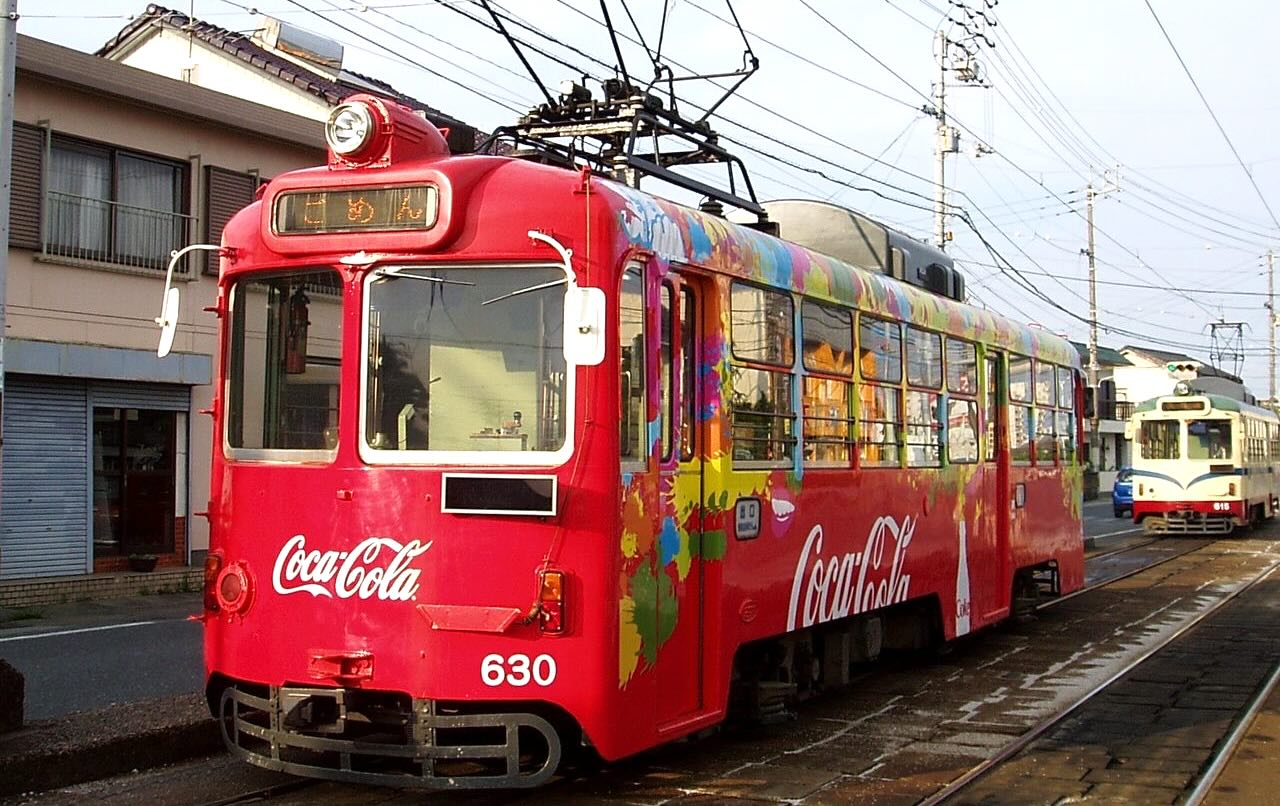
Coca-Cola’s marketing mix or 4P (Product, Price, Place, and Promotion) involves competitively priced beverages that are promoted and distributed through various channels. The company’s multinational operations come with variations among different markets, which affect how this marketing mix is implemented and adjusted to optimize the performance of the beverage business. This marketing mix shows how business strengths and weaknesses are included in Coca-Cola’s marketing strategy. The company’s capabilities and limitations shape decisions pertaining to the design and components of these 4Ps. As Coca-Cola develops its business organization, products, and market connections, its marketing mix also evolves to maximize marketing effectiveness and sales.
The successful implementation of Coca-Cola’s marketing mix supports the company’s competitive position in the international beverage market. This success depicts how external factors and market trends in the consumer goods industry are considered in the design of this marketing mix. How Coca-Cola’s 4Ps match market conditions and trends around the world also impacts the effectiveness of the company’s marketing strategy in supporting business growth despite highly capable competitors.
Coca-Cola’s Products
This marketing mix involves beverages, which are the company’s business focus. The following categories represent Coca-Cola’s products:
- Sparkling soft drinks
- Coffee and tea
- Waters and hydration
- Juices, dairy, and plant-based beverages
- Alcoholic beverages
Coca-Cola’s marketing mix includes various beverages. Although the company is known for carbonated soft drinks, its product mix also includes other beverages, such as coffee and tea, water, and juices. These products show that Coca-Cola’s marketing strategy revolves around beverage products and their sale in various markets around the world. The products in this marketing mix also indicate that the company gradually evolves by offering other types of beverages in addition to soft drinks. The nature and characteristics of these products satisfy Coca-Cola’s mission and vision, which focus on beverages for consumers’ refreshment.
Price in Coca-Cola’s Marketing Mix
Prices determine competitiveness and sales and influence branding effectiveness for the company’s beverage products. The following are Coca-Cola’s pricing strategies:
- Competition-based pricing
- Value-based pricing
- Penetration pricing
Competition-based pricing involves selling Coca-Cola products at price points or price ranges similar to those of competing beverages. For example, this marketing mix considers the prices of ready-to-drink and instant products from various competitors, including PepsiCo, Keurig Dr Pepper, and Unilever. These competitors are responsible for the challenging business environment where Coca-Cola operates. Through the competition-based pricing strategy, this marketing mix supports the competitiveness of the company’s beverage products.
Coca-Cola’s marketing mix applies value-based pricing by using the actual or perceived value of products to determine prices. For example, the company’s water and hydration products are priced based on their value and benefit to consumers. Coca-Cola’s marketing strategy optimizes prices to maximize profits through this value-based pricing strategy.
Penetration pricing aims to increase Coca-Cola’s market share through attractive low prices. The company’s marketing mix applies this pricing strategy occasionally, such as for promotional campaigns for new beverage products or product variants, or for seasonal events. Through penetration pricing, this marketing mix aligns with Coca-Cola’s growth strategies and competitive strategies, which emphasize market penetration and competitiveness based on cost-minimization.
Coca-Cola’s Promotion
An effective promotional mix strengthens the market presence of the company’s beverage products. The following are components of Coca-Cola’s promotion:
- Advertising
- Sales promotion
- Direct marketing
- Public relations
Coca-Cola advertisements are the most prominent and visible type of promotion for the company’s products. This marketing mix applies sales promotion to increase revenues and the company’s market share by temporarily decreasing selling prices to attract more customers and generate more sales. On the other hand, direct marketing typically involves bulk sales of Coca-Cola products to large organizations, such as other companies and governmental organizations. The company’s marketing strategy also includes public relations to promote the business and its products through various programs that extend beyond just the core business of manufacturing, bottling, and selling. For example, Coca-Cola’s CSR and ESG programs for business sustainability and stakeholders are showcased as public relations to promote the company and strengthen its brands.
Place in Coca-Cola’s 4P
Places in this marketing mix are part of the company’s distribution strategy for its various beverage products. The following places are included in Coca-Cola’s marketing mix:
- Authorized distributors
- Retail stores (online and brick-and-mortar)
- Vending machines
Coca-Cola has contractual arrangements with bottlers and distributors of finished products. Also, buyers can easily access the company’s drinks at retail stores. Moreover, this marketing mix includes vending machines, which provide convenient access to Coca-Cola drinks in some places. Business operations involving these places receive support from regional or local offices of Coca-Cola’s company structure (business structure). For example, managers for regional markets provide guidance to bottlers and distributors to maximize market reach and optimize sales.
References
- Garg, R., Chhikara, R., Agrawal, G., Rathi, R., & Arya, Y. (2024). Sustainable marketing mix and supply chain integration: A systematic review and research agenda. Sustainable Futures, 100269.
- Macias, W., Barquet-Arenas, G., & Yambay-Aucancela, J. (2024). Brand equity and purchase decision of fast-moving consumer goods. Tec Empresarial, 18(2), 97-114.
- The Coca-Cola Company – Brands.
- The Coca-Cola Company – Form 10-K.
- The Coca-Cola System.
- U.S. Department of Commerce – International Trade Administration – Consumer Goods Industry.